Review of the new Colorado Tripod Company Highline AL Ballhead & 2-Series Centennial Tripod
For as long as there have been cameras photographers have searched for better and more stable shooting platforms.
Until we figure out a way to make our cameras levitate in mid air most of us still rely on tripods give us the steady foundation we need to get the shot. As with most aspects of the photography world the choices of tripods is staggering and there is now another newcomer to the tripod market: The Colorado Tripod Company.
Their goal is to manufacture rock-solid tripod and ball head systems which are lightweight and compact while still being affordable for the everyday professional photographer or discerning hobbyist.
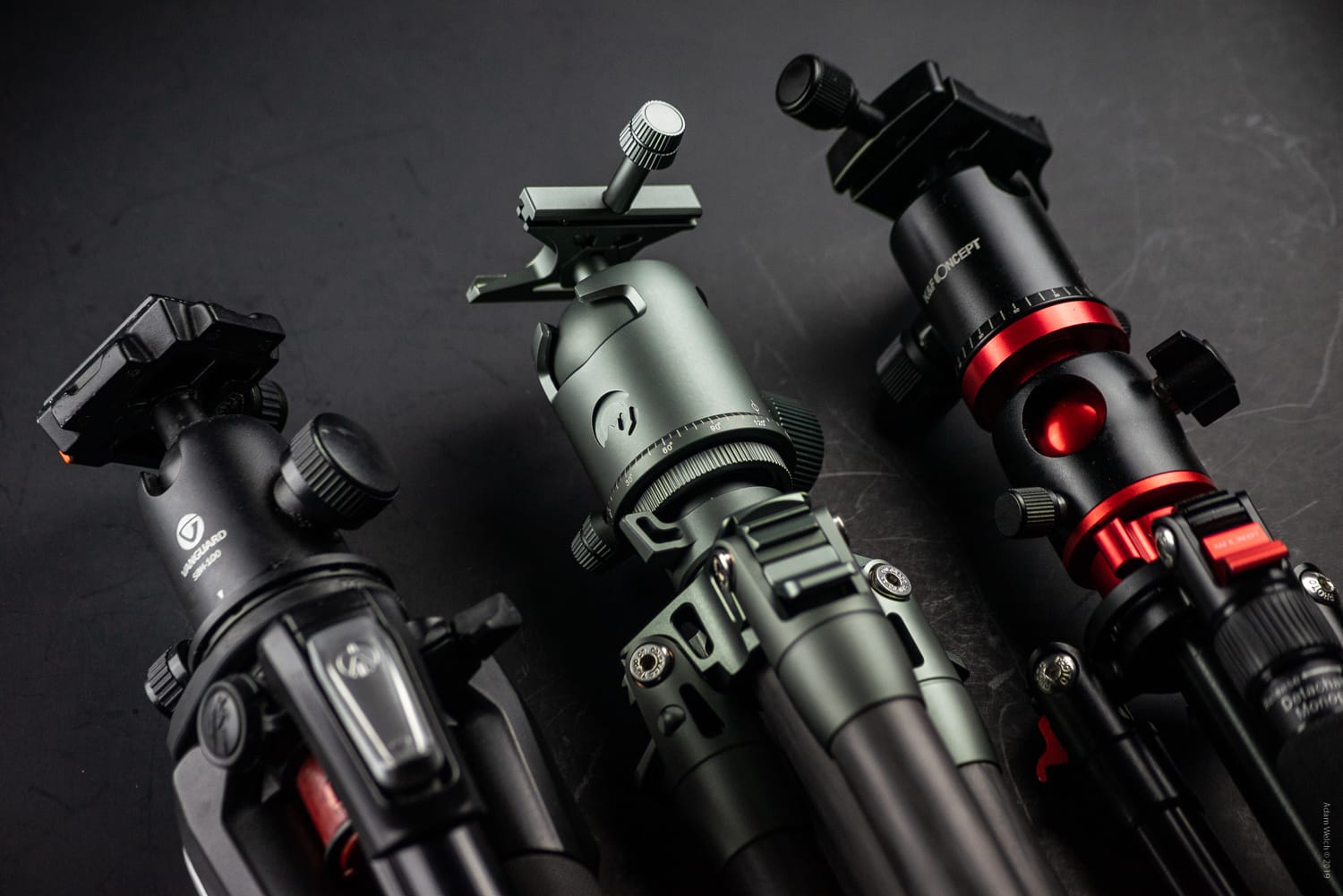
The Colorado Tripod Company’s system is already a standout
The Colorado Tripod Company sent me their brand new 2-Series Centennial carbon fiber tripod and Highline Al ball head to be put through my own style of testing. I put the Highline Al ball head and 2-Series Centennial tripod through their paces from the golden coasts of California to the granite cliffs of Yosemite and a few other places in between.
In short, the new stuff from The Colorado Tripod Company did not disappoint.
Out of the Box
Let’s be extremely shallow for just a second and judge the 2-Series Centennial on looks alone… it’s gorgeous. It’s legs are the sleek matte gray carbon fiber flavor and the look outstanding when matched with the gunmetal gray aluminum hardware. Sure, it’s all rather monochromatic but it exudes a musk of professional elegance.
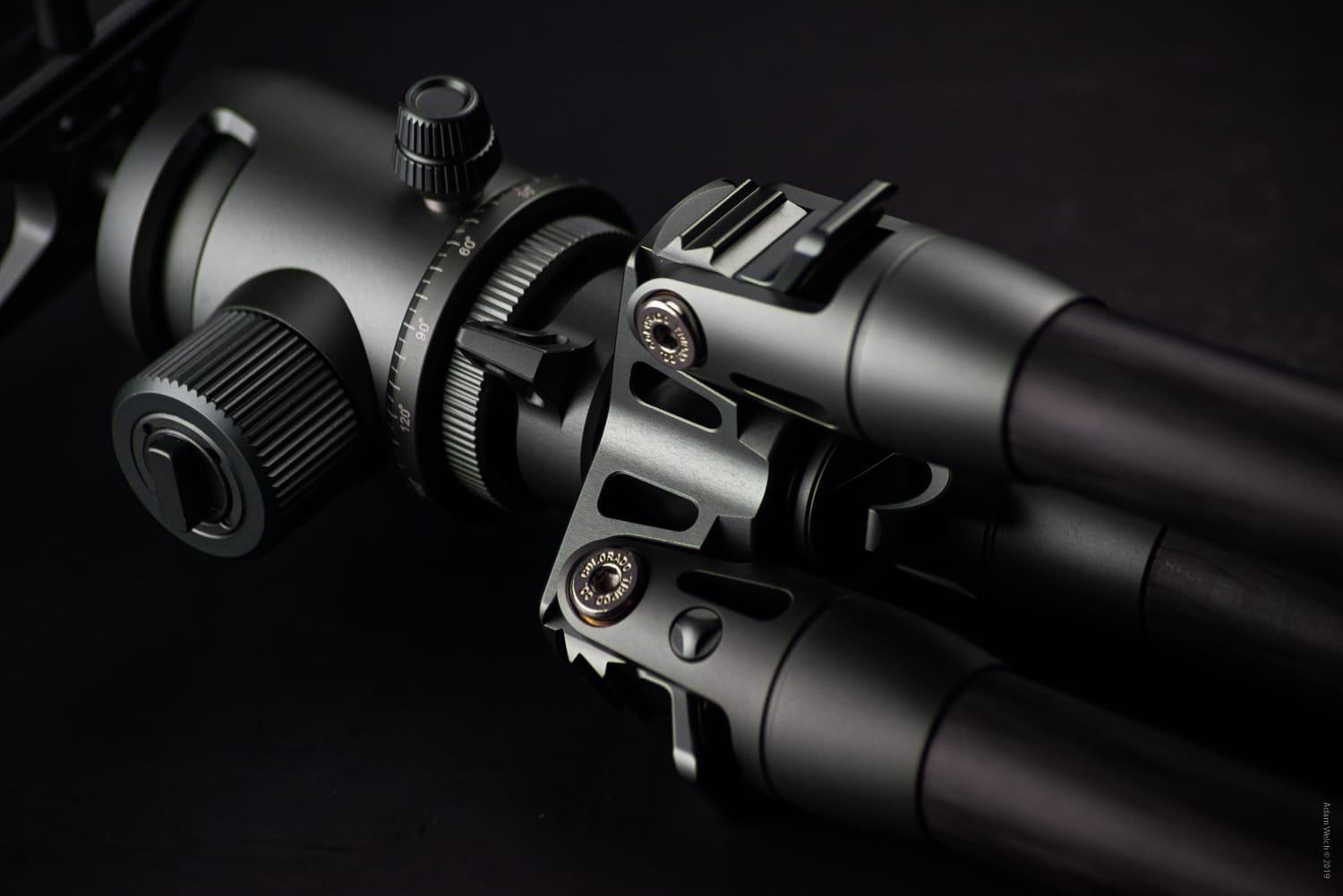
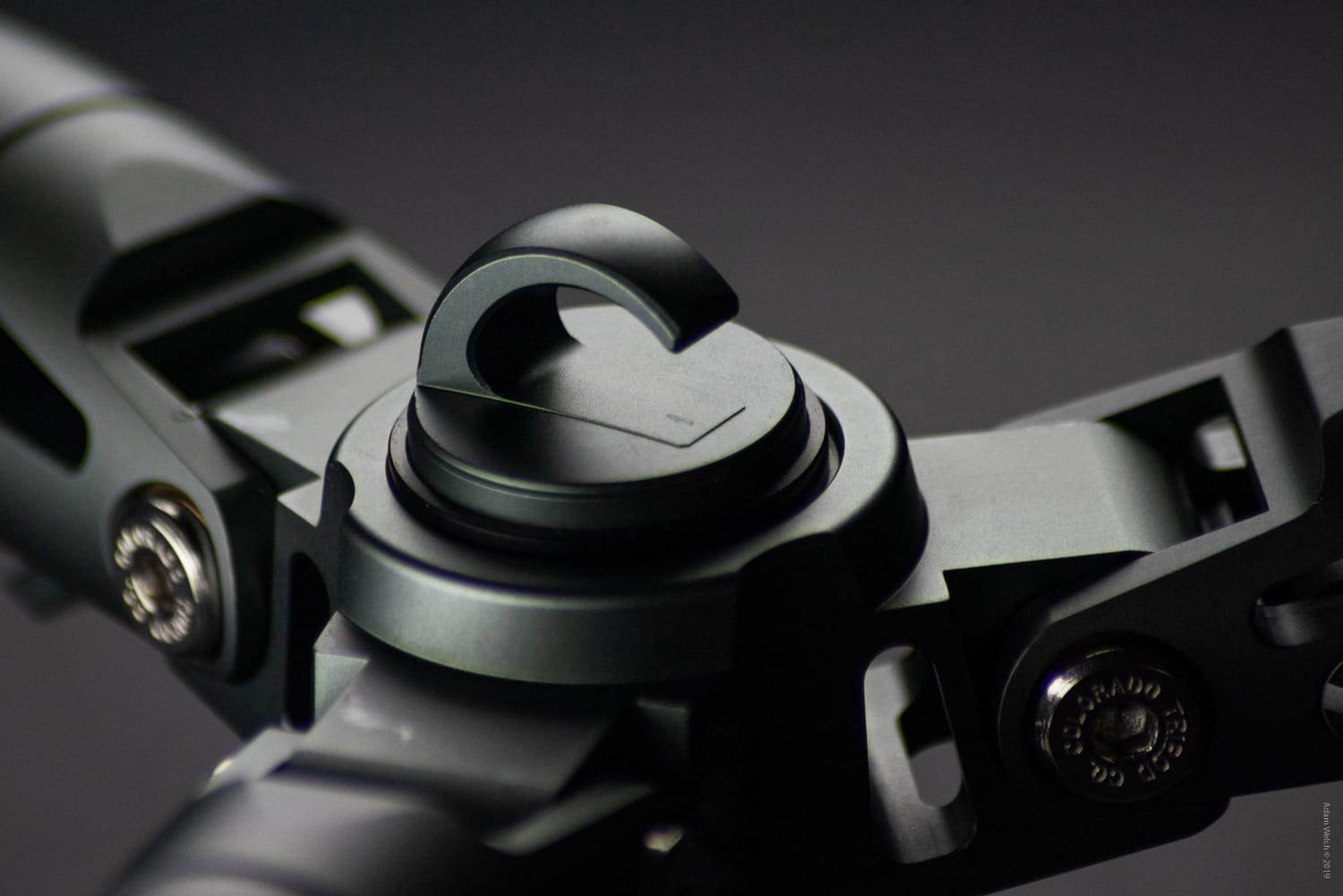
As you can see, the Highline Al ballhead follows suit by being finished in the same brushed gunmetal veneer.
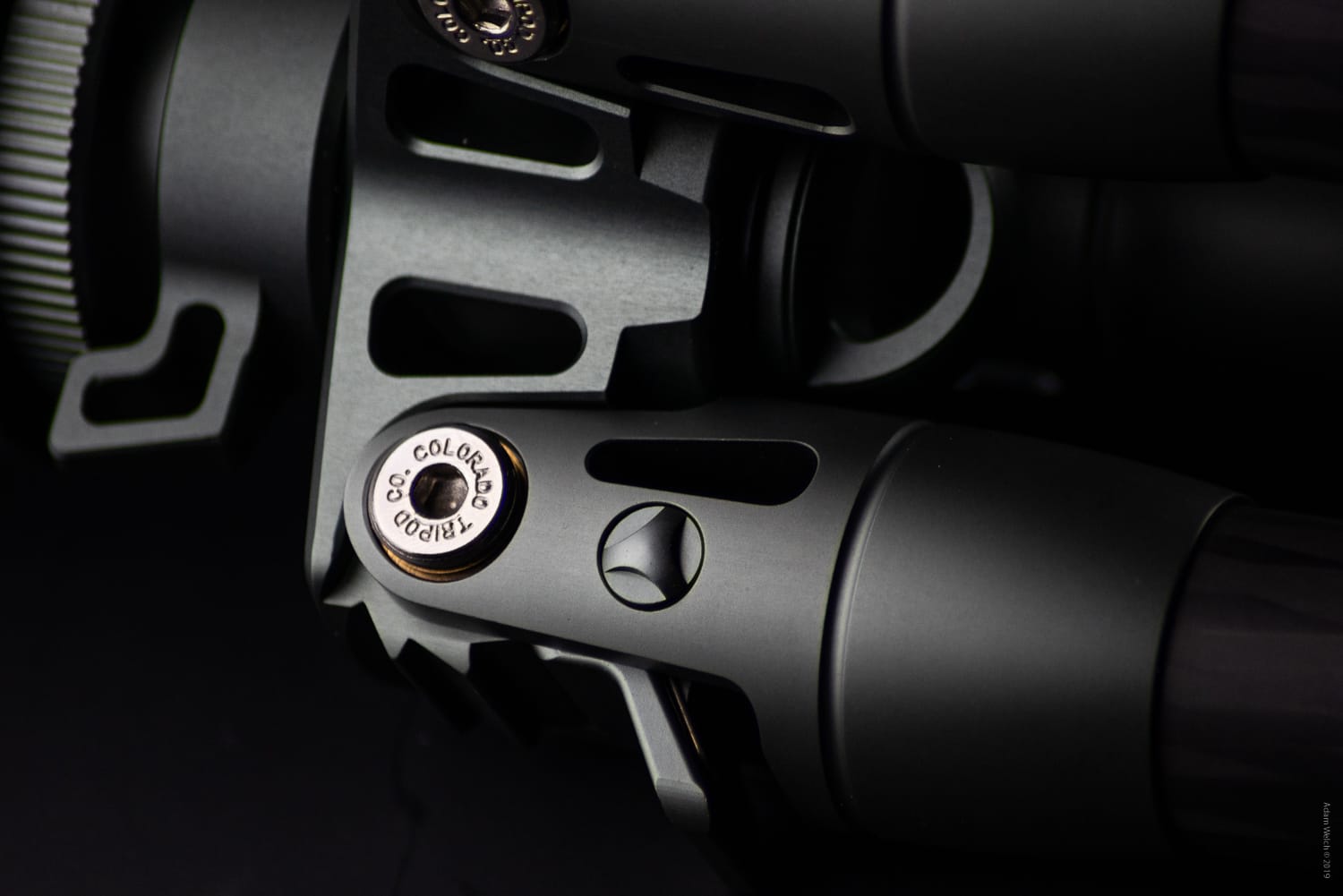
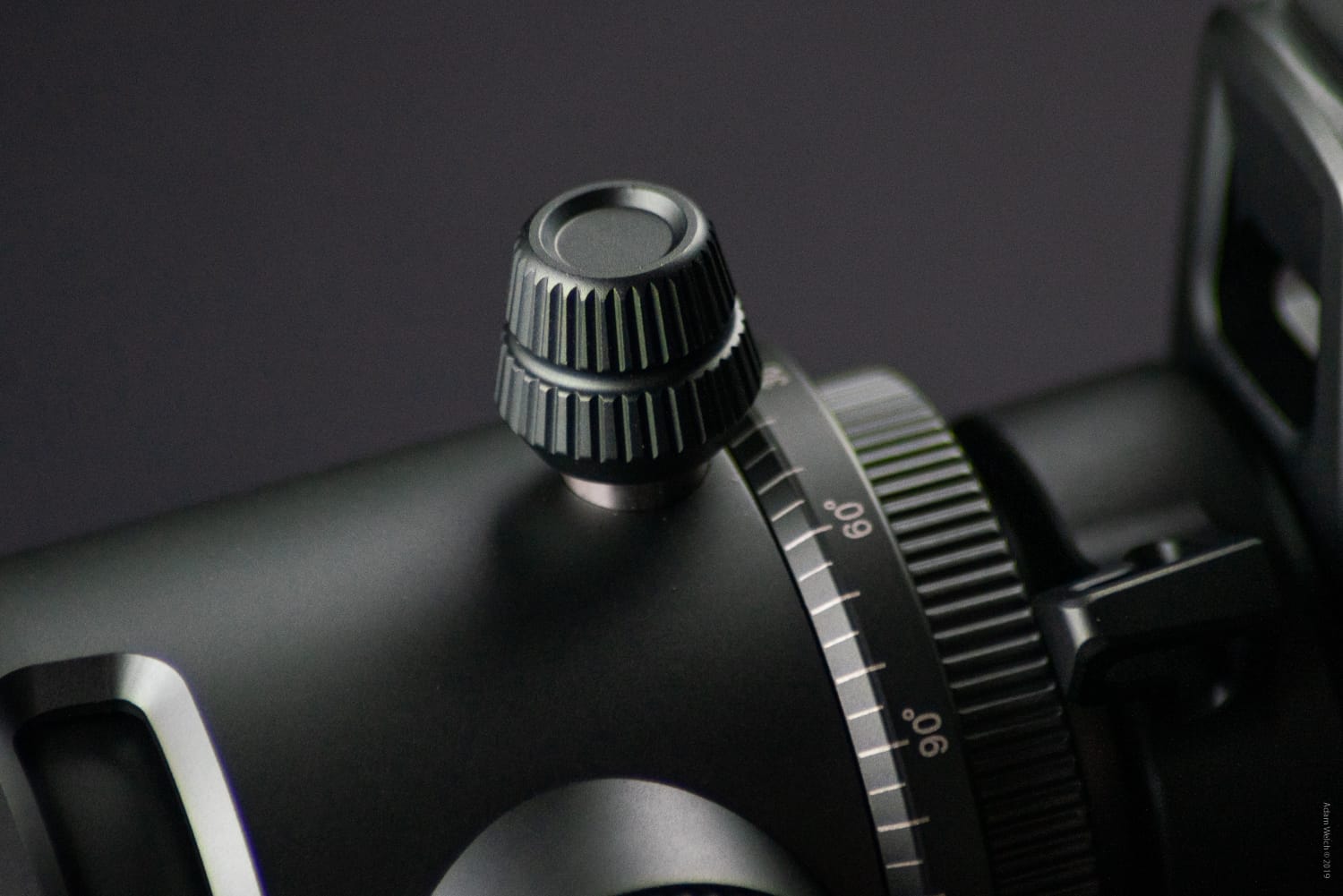
The tripod feels pleasantly lightweight in the hand. If you’ve never used a carbon fiber tripod before the difference in weight from an fully aluminum tripod is substantial. I’m glad to see that the Colorado Tripod Company has chosen to offer even their base-level tripod in carbon fiber for this very reason.
I took some approximate measurements and weights to give a real-world idea of what you can expect from the Highline Al ballhead and 2-Series Centennial Al tripod. Again, all measurements are approximate:
2-Series Centennial Al Tripod
| Information | Values |
|---|---|
| Maximum height with center column extended | 61.25” (155.6cm) |
| Maximum height with center column retracted | 50” (127cm) |
| Minimum height with center column retracted | 18.5” (47cm) |
| Minimum height with center column removed | 3.3” (8.4cm) |
| Folded length | 20.25”(51.4cm) |
| *Weight without center column | 3lbs 2.6oz (1.43kg) |
| *Weight with center column | 3lbs 6.4oz (1.54kg) |
Highline Al Ballhead
| Information | Values |
|---|---|
| Ballhead height (base to lip of camera plate clamp) | 4” (10cm) |
| Ballhead width at base | 2.25” (5.7cm) |
| Ballhead weight (without base plate) | 1lb 1.4oz (.49kg) |
*Each rubber foot piece weighs approximately .5oz (143g) which can be subtracted from the total tripod weight when removed.
Each leg of the tripod features spring loaded angle latches which facilitate four adjustment positions from vertical to nearly horizontal once the center column is absent.
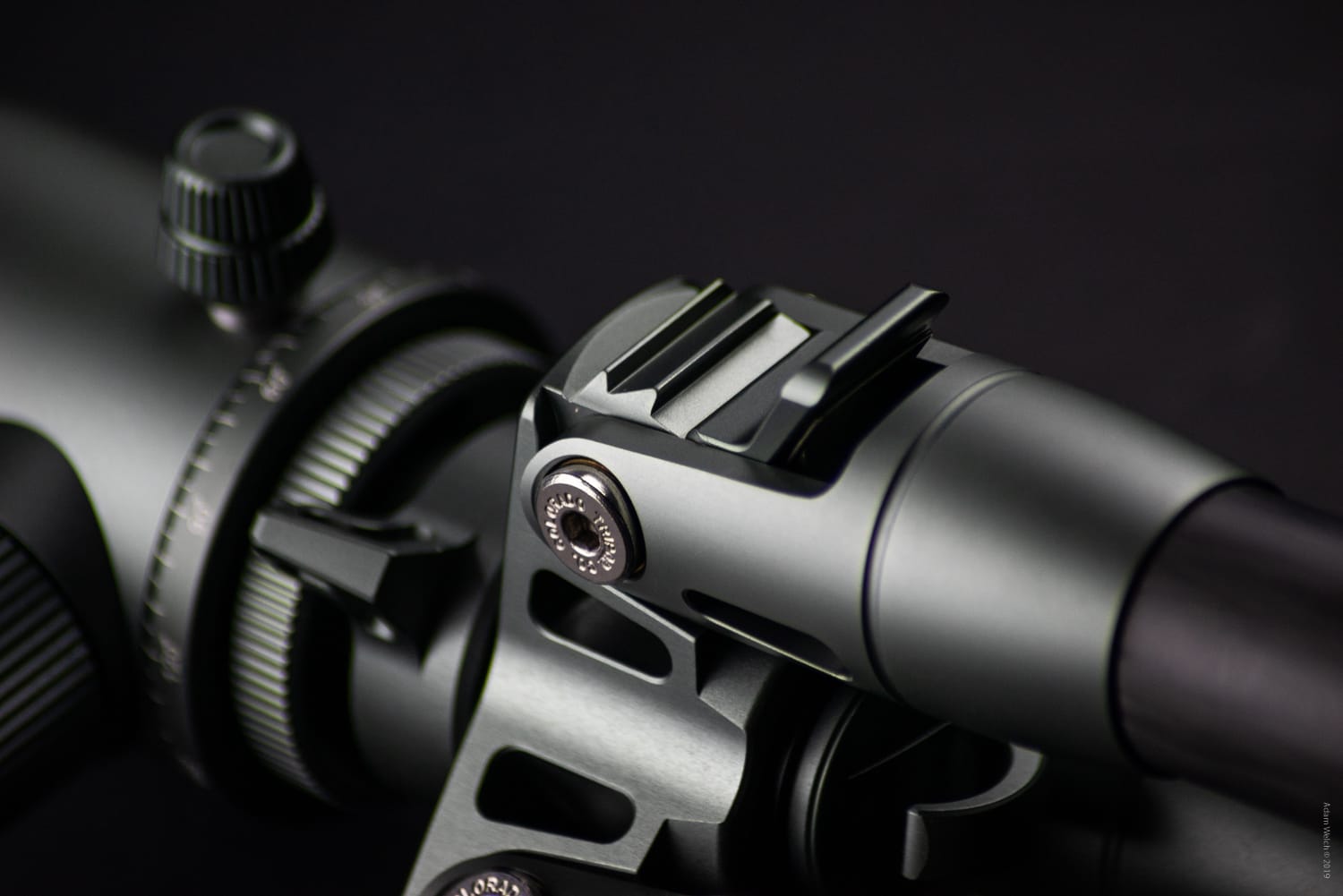
The center column height is adjustable via the large screw clamp just below the ballhead.
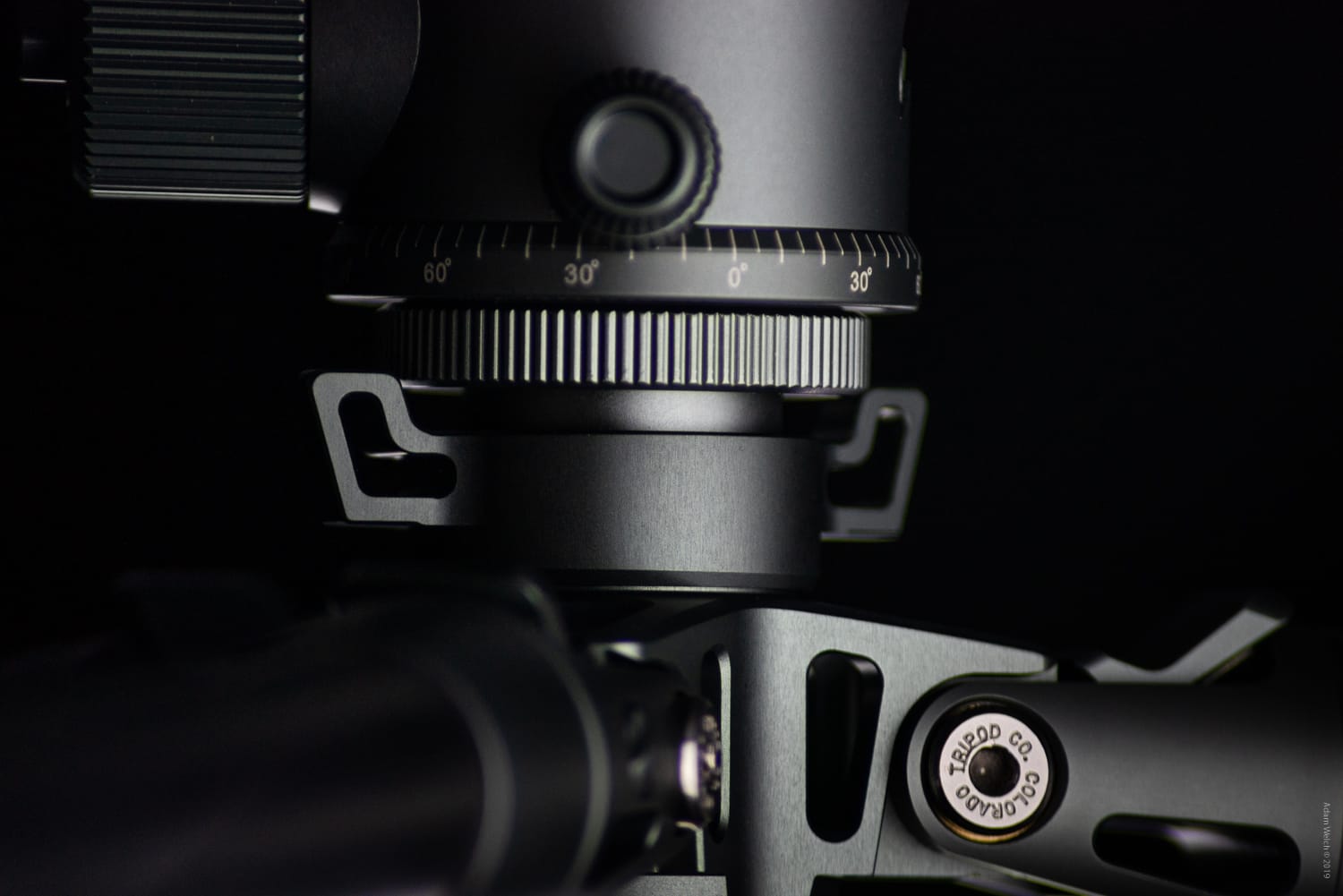
Furthermore, or extreme low angle work the center column can be completely removed by unscrewing the weight hook at the bottom of the column and then attaching it to the base of the ballhead mount.
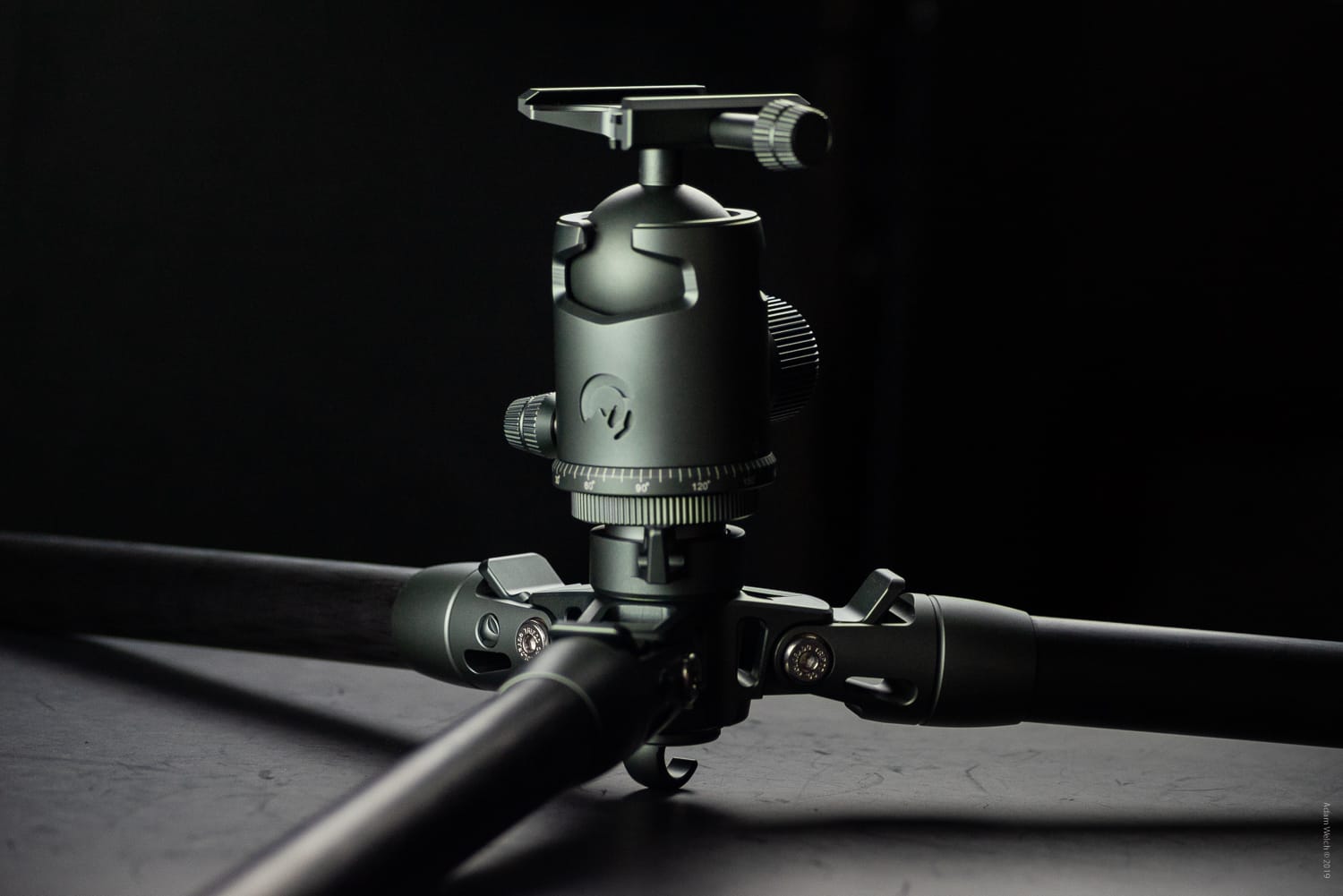
Center column removed. Note that the hook is only contacting the surface due to the tripod legs hang off the table.
The legs are extended by way of three twist locks which are rubberized and highly grippable. I had no trouble releasing all three locks at once which allows each leg to deploy by gravity alone under their own weight. After locking there was no play in the tripod legs whatsoever.
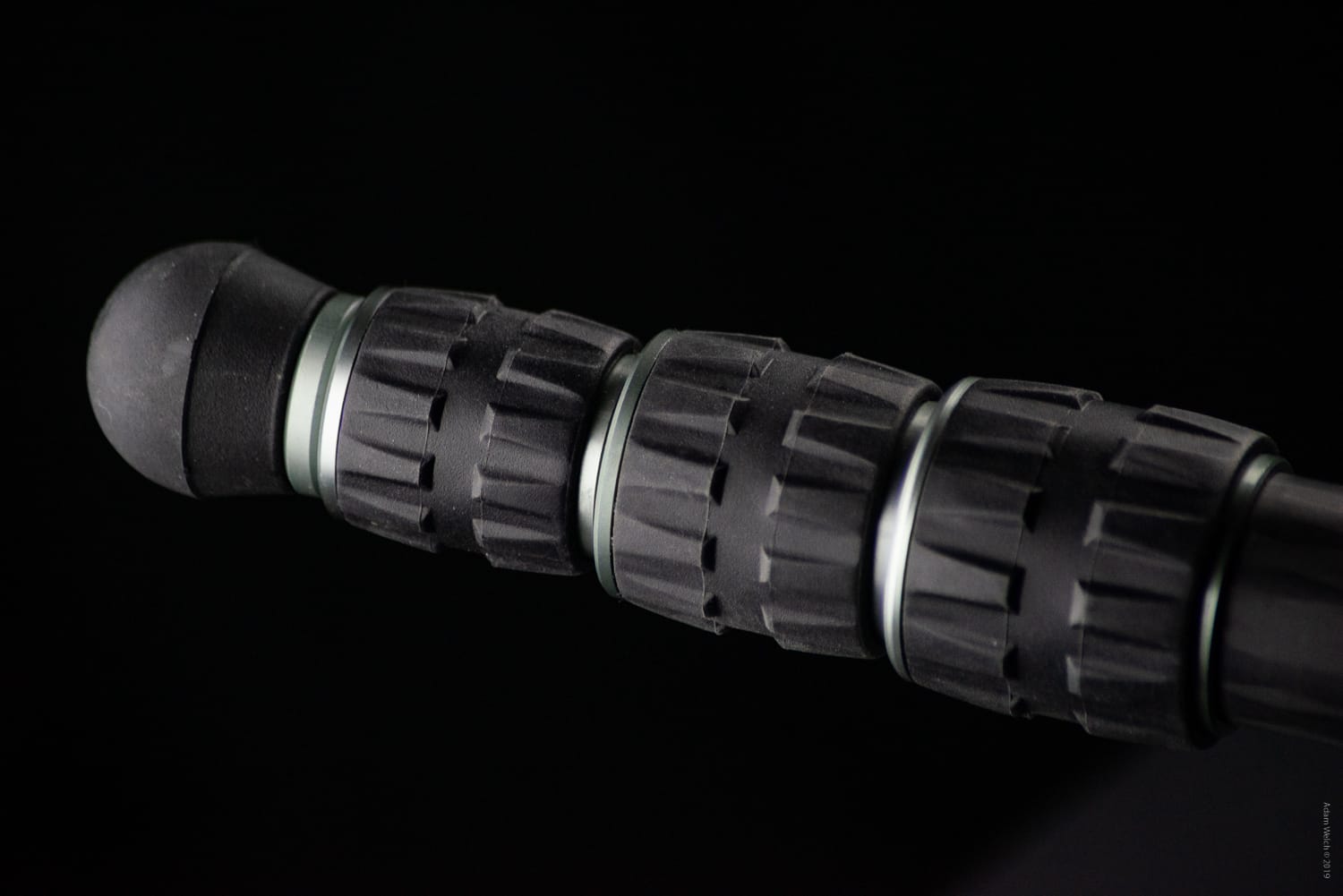
At the end of each leg there is a relatively large hard rubber foot which reveal spiked feet once removed. It should also be noted that the entire foot of the tripod can be completely unscrewed should you need/choose to replace them.
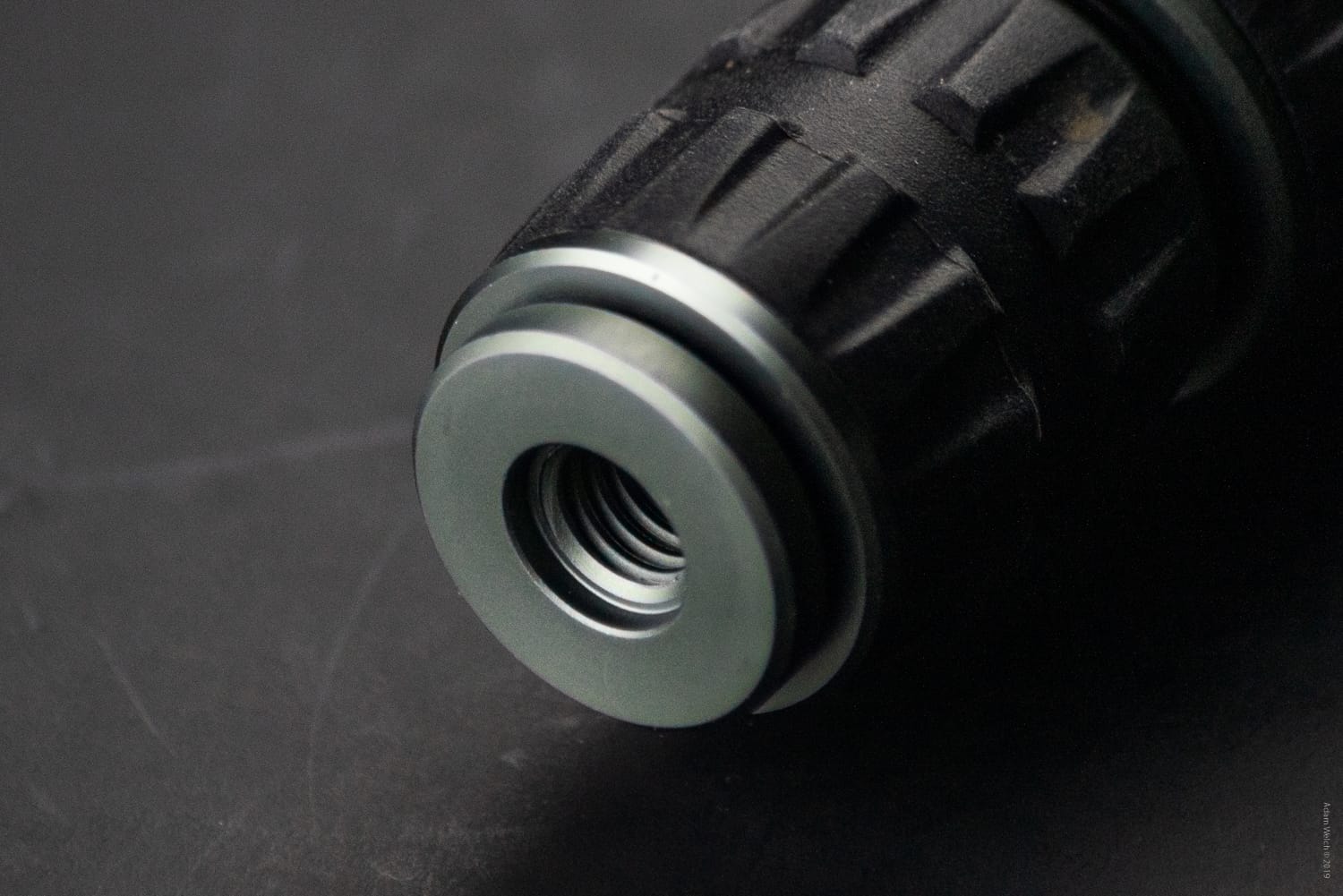
Highline Al Ballhead
At first appearance the Highline Al looks rather unassuming. It features the same standard issue knobs for the ball articulation and panning as you might encounter on virtually any number of ball-heads along with degree markings along the bezel (white paint). Yet upon closer inspection one begins to notice a few details which make the design of this ballhead extremely interesting.
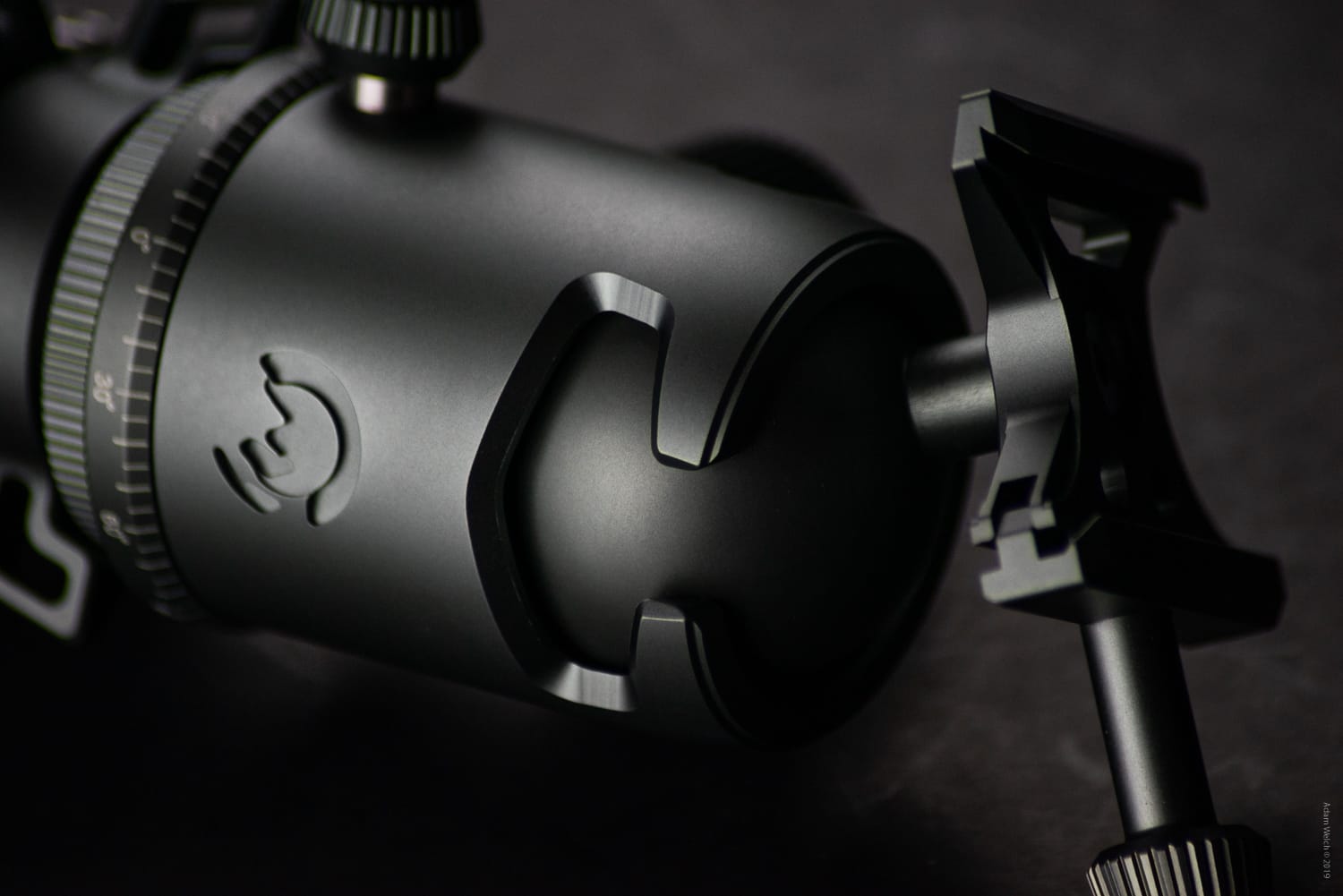
The Highline brings a large range of movement to the table which is facilitated by the equally large horizontal cutout in it’s housing. This grants the camera extended space to move to the left or right while the ballhead is positioned in the cutout. This is not generally possible with some other ball-heads. I immediately see this being extremely useful for direct vertical angles during night sky work.
And while we’re talking about night skies and other long exposure photography it’s a good time to mention one of my favorite features about this ballhead which honestly took a little getting used to in the beginning. Looking closer at the ballhead adjustment knob you will see a secondary locking mechanism.
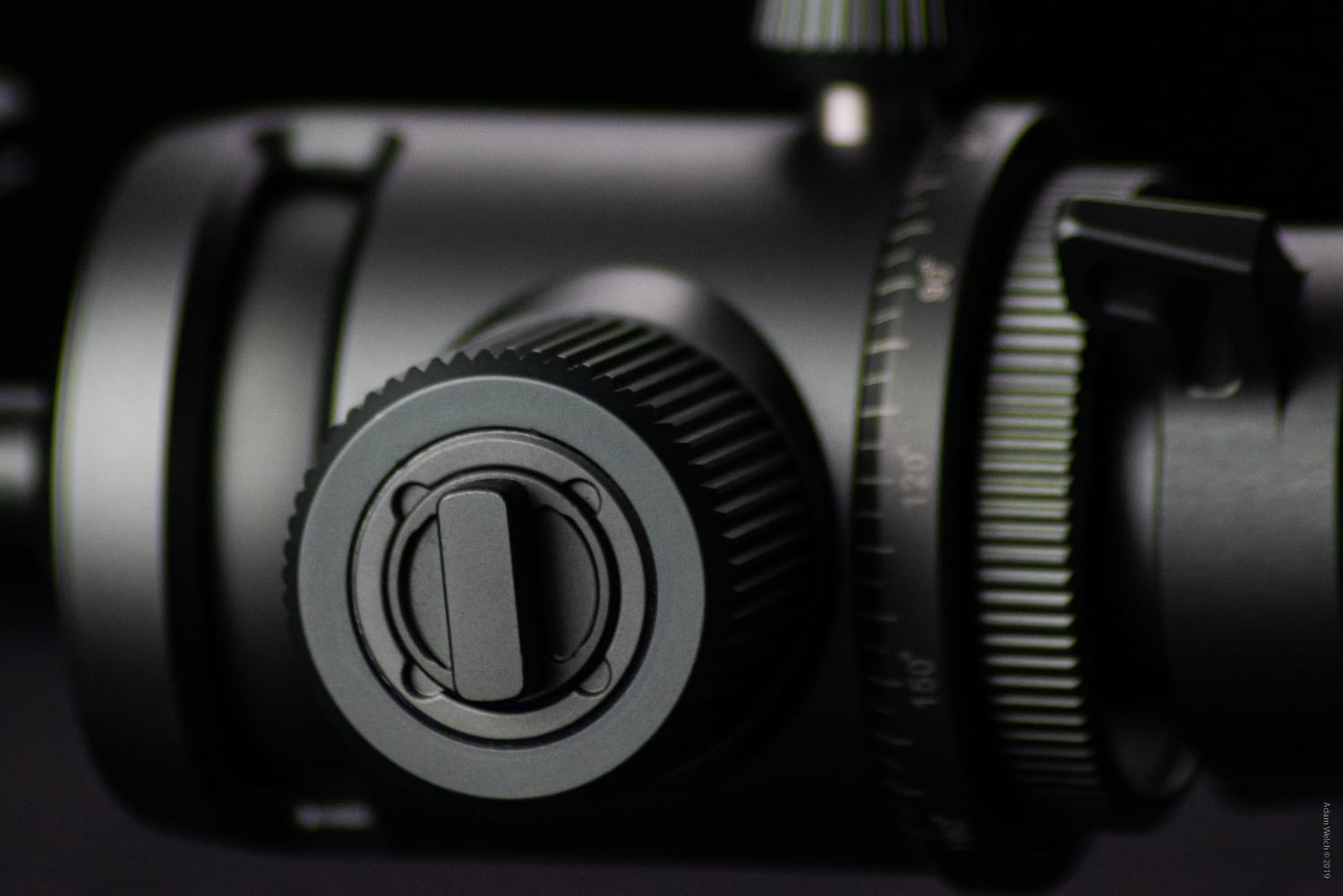
This controls the amount of travel for the adjustment knob and allows all movement to be completely arrested in the ballhead. When I say completely arrested I do mean completely. We’ll talk more about the actual performance in just a little bit but for now just know that there is not much chance of camera drift when the secondary clamp is engaged.
Performance in the Field
Alright, you may be thinking “Ok, but how does all this stuff perform when it counts?”
I mentioned earlier that I took both the Highline Al and the 2-Series Centennial Al for a spin though some fairly diverse shooting situations ranging from high winds and low temperatures to light rain and loose sand. Overall, both the tripod and the ballhead performed flawlessly.
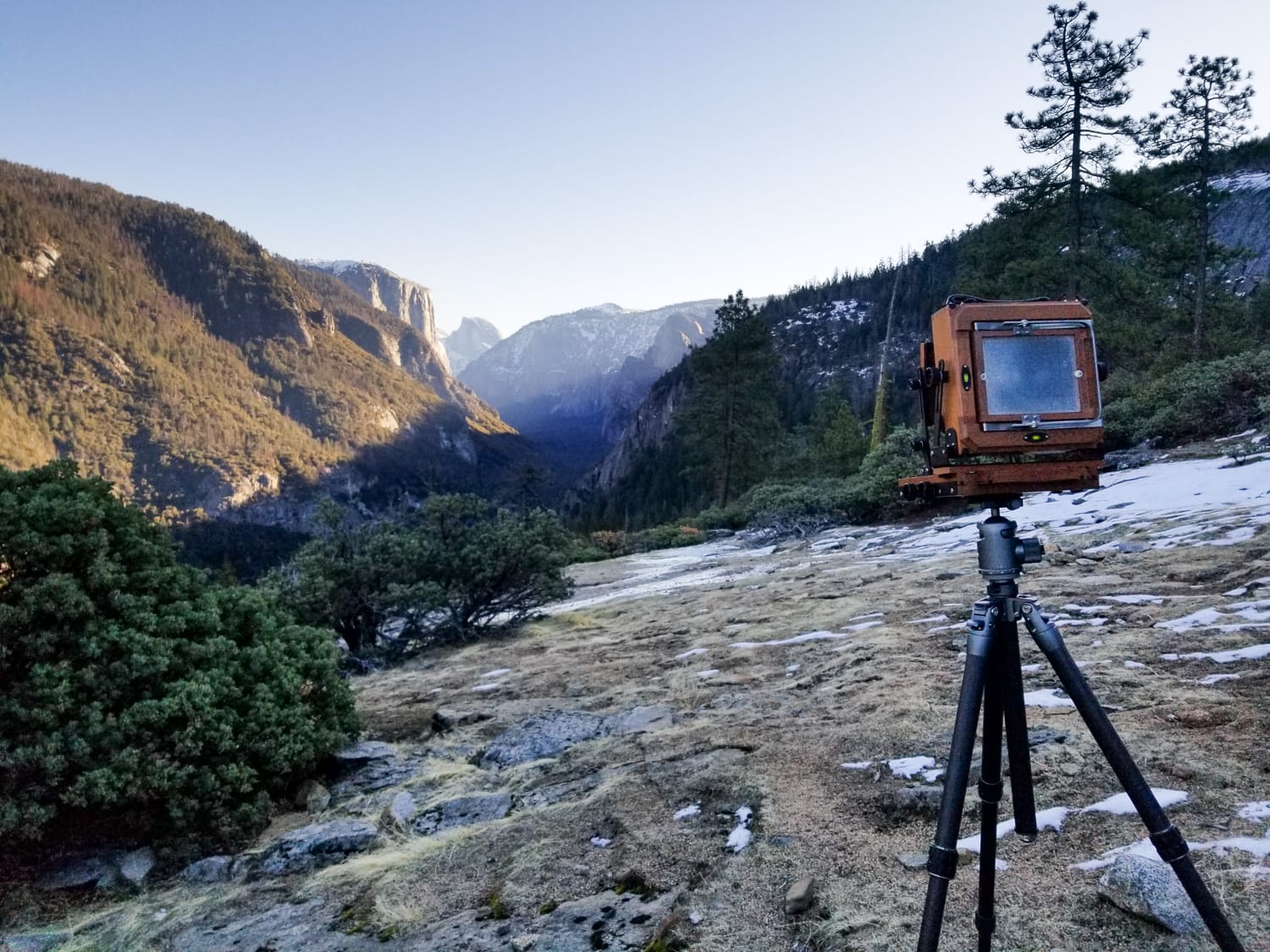
Yes, that is in fact my 4×5 large format view camera mounted atop the Colorado Tripod Company setup.
In the end, I made photographs with my Canon 5D MK3, Sony A7RI, Nikon F3 and of course the 4×5 large format film camera.
This was a huge range of camera sizes and weights. Not once did I encounter camera drift or stability issues. What’s more is that the tripod itself remained extremely rigid even at full height with the center column oriented to full mast.
The camera mounting plate (one included with ballhead) attaches to the ballhead via a spring loaded top clamp. I was happy to find what seems to be an extra long tightening knob for the clamp. This added length might not seem like a big help but it is incredible useful when it comes to using this ballhead with larger cameras like my 4×5 which present large rear overhangs that extend over the back of the top clamp or when operating while wearing heavy gloves.
The actual movements of the ballhead were quite smooth and relatively silent. To my best approximation the lowest temperature encountered during testing was about 13 degrees Fahrenheit (about -10C) and I experienced no stiffening of any moving parts within the ballhead or the tripod. The angle locks for the tripod legs engaged and disengaged firmly with a satisfying “click” that was both satisfying yet no obnoxiously audible.
Each of the leg extension twist locks performed quite well and do not wobble at all when fully clamped; the action of which requires very little travel of the locks to secure.
In the end, everything about a camera support system comes down to the actual base of the system and most cases this is the feet of a tripod. The hard rubber feet of the 2-Series Centennial are nearly completely spherical with an approximate diameter of about 1” (2.54cm) at their widest section. This larger size offers excellent flotation when planting the tripod on soft or sandy terrain.
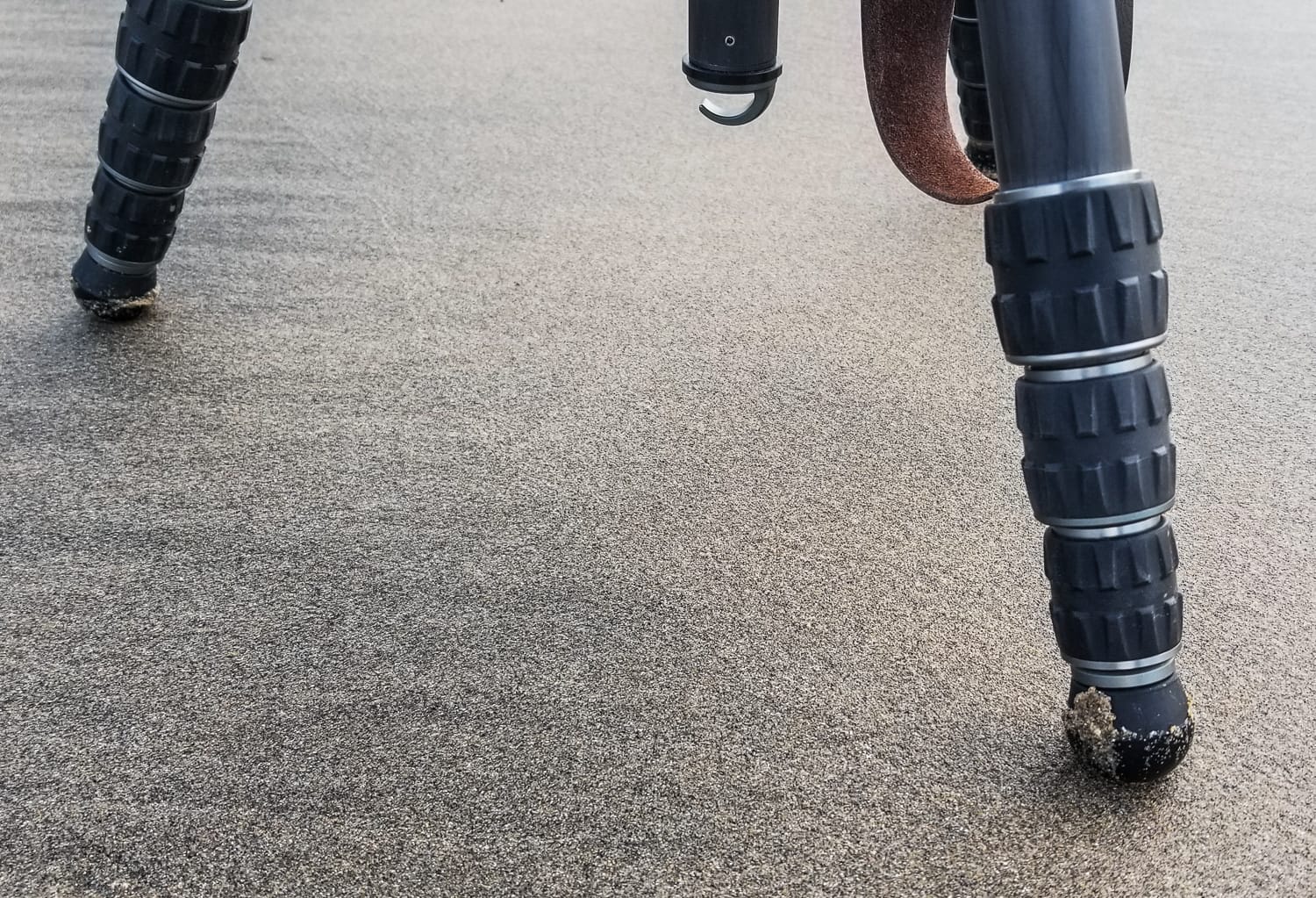
Should you need maximum traction for extreme mud or icy conditions one needs only to unscrew the rubber feet to reveal the gnarly set of metal spikes mentioned earlier which should allow the tripod to stand fast on most compromising terra.
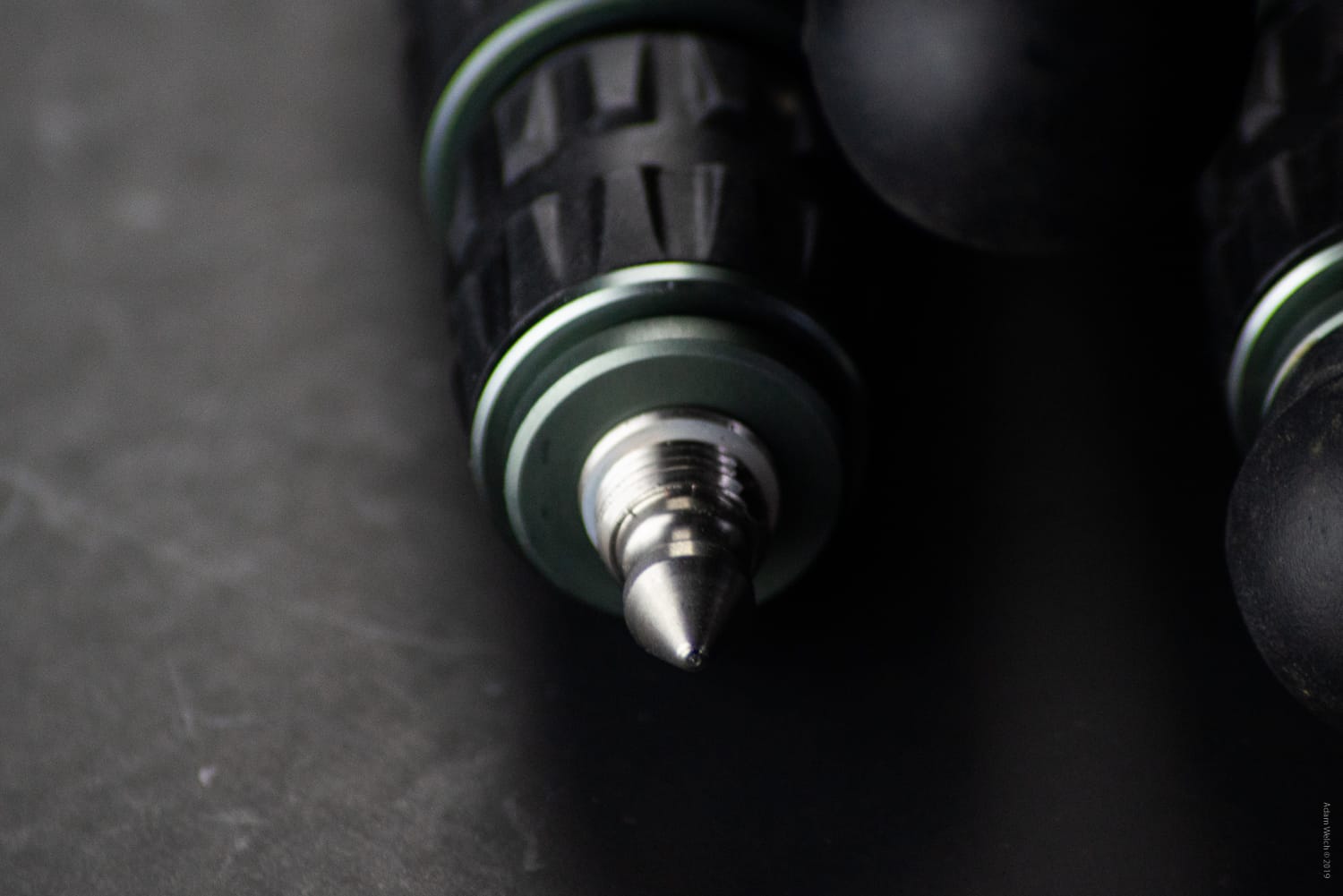
Just remember to reattach those rubber feet before moving indoors….
In Closing…
Car hoods. Backpacks. Tree limbs. Table tops. Friends shoulders. I’ve used them all to steady my camera at one point or another. Of course nothing beats having a high performing support system at your disposal such as a solid tripod.
You might say that all tripod and ballhead systems work to accomplish the same goal yet what separates them is how well they perform once they get there.
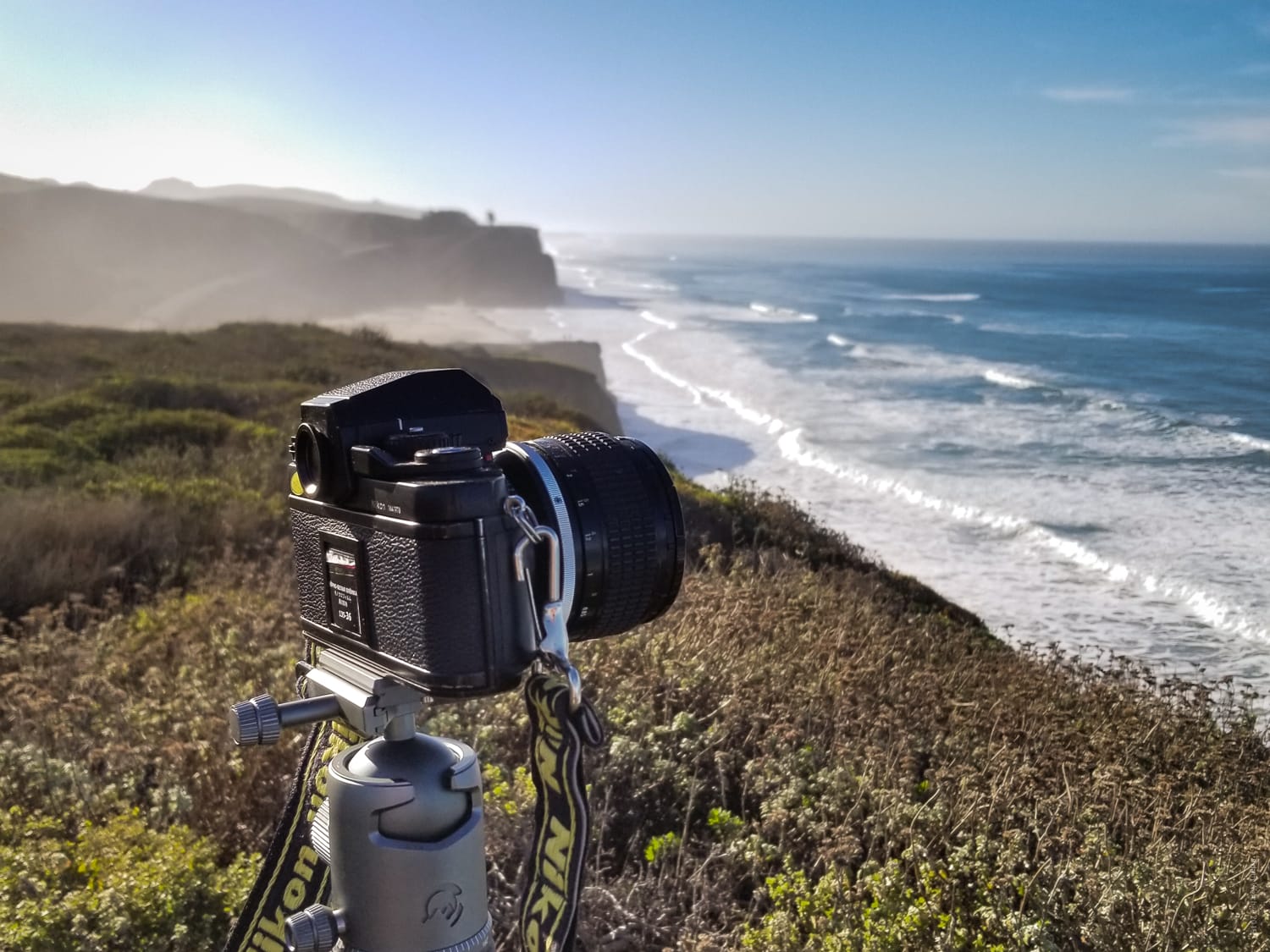
All in all the Highline Al ballhead and 2-Series Centennial Al tripod both offer rock solid stability in a package that is far from rock-like in weight.
Perhaps the most impressive part of my experience with this tripod system was that the more I studied it’s design and construction the more I came to appreciate the practical inception of each detail which obviously went into the engineering of the platform.
There is no weight added where none is needed. All the knobs and latches are presented simply and geared for easy adjustment. Every function feels wholly utilitarian with no superfluous frills. Whether you’re looking to lighten your gear load by upgrading to a carbon fiber tripod without taking out a second mortgage or just need an extremely well built camera support system that will be serviceable for years to come I have no doubt that you will be just as impressed as I was with Highline Al ballhead and 2-Series Centennial tripod from The Colorado Tripod Company.
